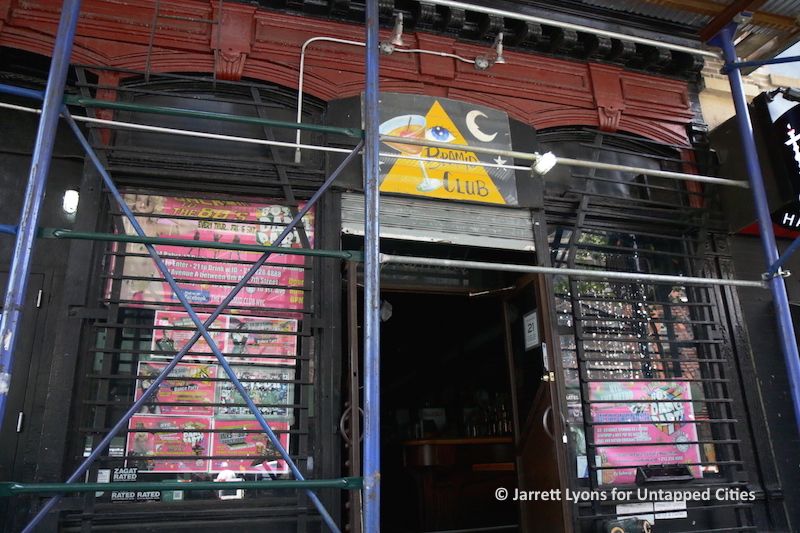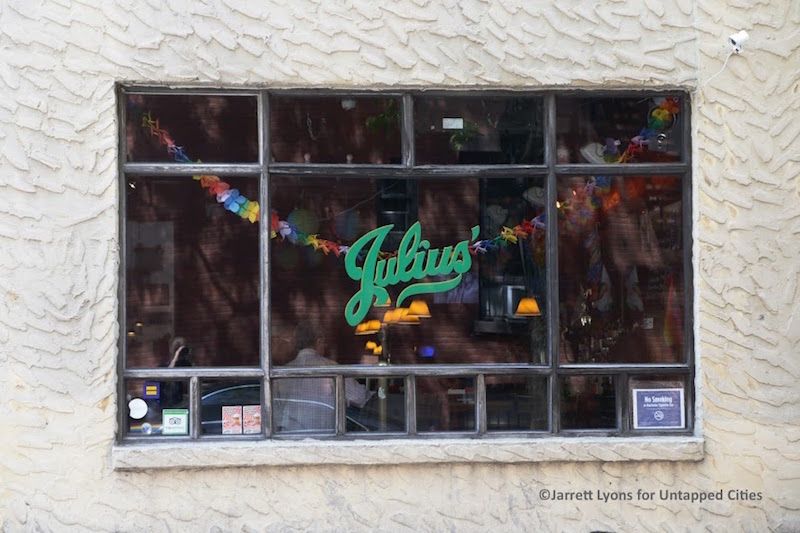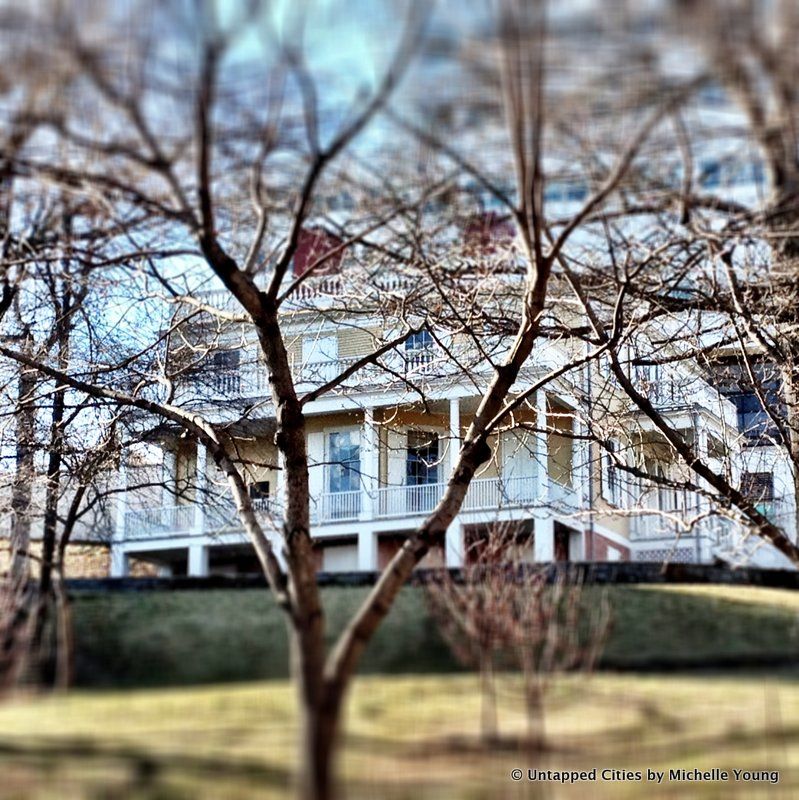Last Chance to Catch NYC's Holiday Notalgia Train
We met the voices of the NYC subway on our nostalgia ride this weekend!


The modern LGBT rights movement is largely understood to have begun 47 years ago this year with the historic Stonewall Riots. They occurred at The Stonewall Inn on Christopher Street in Greenwich Village, setting in motion modern LGBTQI movements around the nation and world. Despite the significance of this event in LGBT history, New York City is behind both San Francisco and Los Angeles in building a comprehensive archive of sites that are historically and culturally significant to the LGBT community.
Ken Lustbader, a New York City based preservationist, and his colleagues at the NYC LGBT Historic Sites Project, intend to change that. Their mission is “to comprehensive identify, document, and evaluate LGBT historic and cultural sites in the five boroughs of New York City,” says Lustbader.

The Chelsea Hotel, where many influential LGBT artists and writers lived
“The [New York City Landmarks Preservation Commission] itself has never done a survey of LGBT sites in the 5 boroughs [where] they would rank [their] significance,” says Lustbader.
Though he believes there has been significant work to include LGBT history in designation reports, there has been little compared to what San Francisco and Los Angeles have done.
“There’s no context for any of this in New York City,” he says.

“So for example,” says Lustbader ,”if you were to ask me what’s the significance of the Pyramid [Club] versus Stonewall versus Frank Kameny’s house in Queens, one would be hard-pressed to give you [a] narrative.”
For those who are not familiar, the Pyramid Club is a significant after-hours club that opened in 1979 and reached a heyday in the 1980’s, influencing drag performance and music in the East Village.
In 1994, the 25th anniversary of the Stonewall uprising, local LGBT preservationists and architects developed a New York City map that featured sites in Harlem, Midtown, and the Village including the Bethesda Fountain in Central Park, The Chelsea Hotel, The Algonquin Hotel, Ethel Waters Apartment and Langston Hughes House.
The NYC LGBT Historic Sites Project website will eventually become an online searchable archive documenting approximately 1,000 sites with photographs, archival information, and significance. Searchable categories will include significance, era, and location.

Julius’, a “Sip-in” that one of the nation’s first gay rights alliances organized.

The Gay Activists Alliance Firehouse, the LGBT community’s first organizational and social center in New York City.
 The Hamilton Grange, where Alexander Hamilton lived. According to author William E. Benemann, there is considerable evidence that Hamilton and his closest friend John Laurens were “passionately in love and perhaps sexually involved with each other” during the Revolutionary War.
The Hamilton Grange, where Alexander Hamilton lived. According to author William E. Benemann, there is considerable evidence that Hamilton and his closest friend John Laurens were “passionately in love and perhaps sexually involved with each other” during the Revolutionary War.
 The Bethesda Fountain, whose sculptor was a lesbian among the first generation of women to forge a career in the arts and to form same-sex relationships.
The Bethesda Fountain, whose sculptor was a lesbian among the first generation of women to forge a career in the arts and to form same-sex relationships.
According to the NYC LGBT Sites website: “The LGBT community is vastly underrepresented on the National Register of Historic Places – of the over 80,000 listed sites, only ten have been included for their primary association with LGBT history.”
“We’re not necessarily pushing landmark designation on any of this,” says Lustbader. “We’re making an invisible history visible.”
Next, check out 10 Notable LGBT Landmarks in NYC and Sex, Crime and Zoning: Retracing the Birth of NYC’s Original “Gayborhood,” the West Village.
Subscribe to our newsletter